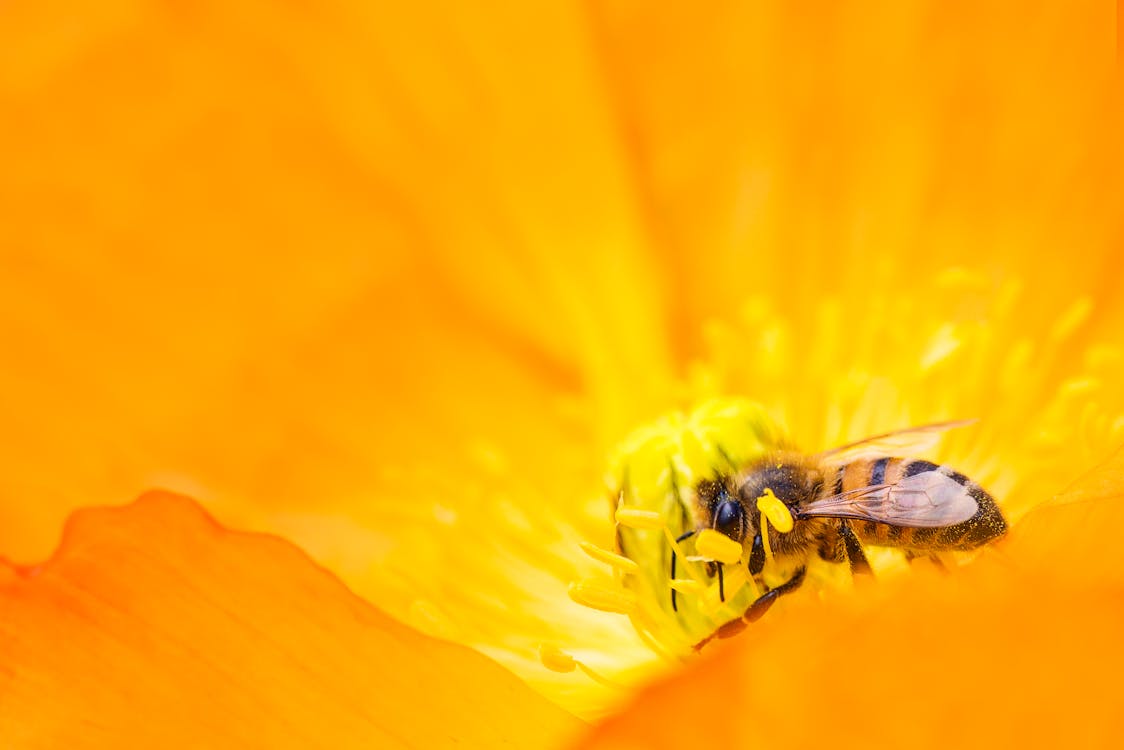Some home decor enthusiasts prefer to use more natural-looking implements in their designs, which are bound to include furniture and fixtures mostly made of wood. These wood-based items, of course, won’t always be carved from the tree whole, and will oftentimes require taking two pieces and using glue to keep them together.
The problem is that the adhesives used to keep these wood pieces together contain chemicals like formaldehyde (CH2O). Some of these are known for possibly causing unwanted side effects on human health if they escape the wood fixture and enter the room’s air.
A group of scientists recently set out to curb our dependence on these adhesives by developing alternatives to conventional wood glues; what makes their alternative so tantalizing is the fact that theirs doesn’t use these known dangerous chemicals at all—in fact, all it has for components are made of organic components like glucose and citric acid according to their recent publication in the journal ACS Applied Materials and Interfaces.
The team of scientists, based at Southwest Forestry University, heated mixtures of glucose and citric acid, with varying ratios, to determine which is best at keeping a stack of poplar veneers together, three in a stack. To do so, they held the three pieces together at 200 °C for six (6) minutes. This entire procedure was based on earlier research which found that sucrose could be processed into a form of water-resistant wood glue, according to a EurekAlert! press release.
From there, the team cut up the stacks of wood into smaller pieces which were then subjected to strength testing. It was there where they discovered that at pressures above 101 psi, the samples broke along their wood fiber grains and not at the glued seams, which according to New Atlas meant that the novel technology met the local strength requirements for plywood.
Some of the samples were also soaked in boiling water prior to testing; those that met the previously-discussed standards during testing had their unique strength attributed to the presence of ester linkages between the wood and the citric acid—a fact helped by the high citric acid-to-glucose ratios of the samples that passed the testing requirements, all above 0.6.
The developments by the team assist the general goal of developing sustainable alternatives to common house fixtures, while at the same time posing maybe a little bit less of a health risk to others in the process.
References
- American Chemical Society. (2022, May 11). A nontoxic glue for plywood – from glucose, citric acid. EurekAlert! https://www.eurekalert.org/news-releases/951898
- Coxworth, B. (2022, May 11). Sugar and citric acid used to create nontoxic plywood glue. New Atlas. https://newatlas.com/materials/glucose-citric-acid-nontoxic-wood-adhesive/
- Li, C., Lei, H., Wu, Z., Xi, X., Du, G., & Pizzi, A. (2022). Fully biobased adhesive from glucose and citric acid for plywood with high performance. ACS Applied Materials & Interfaces, acsami.2c02859. https://doi.org/10.1021/acsami.2c02859










